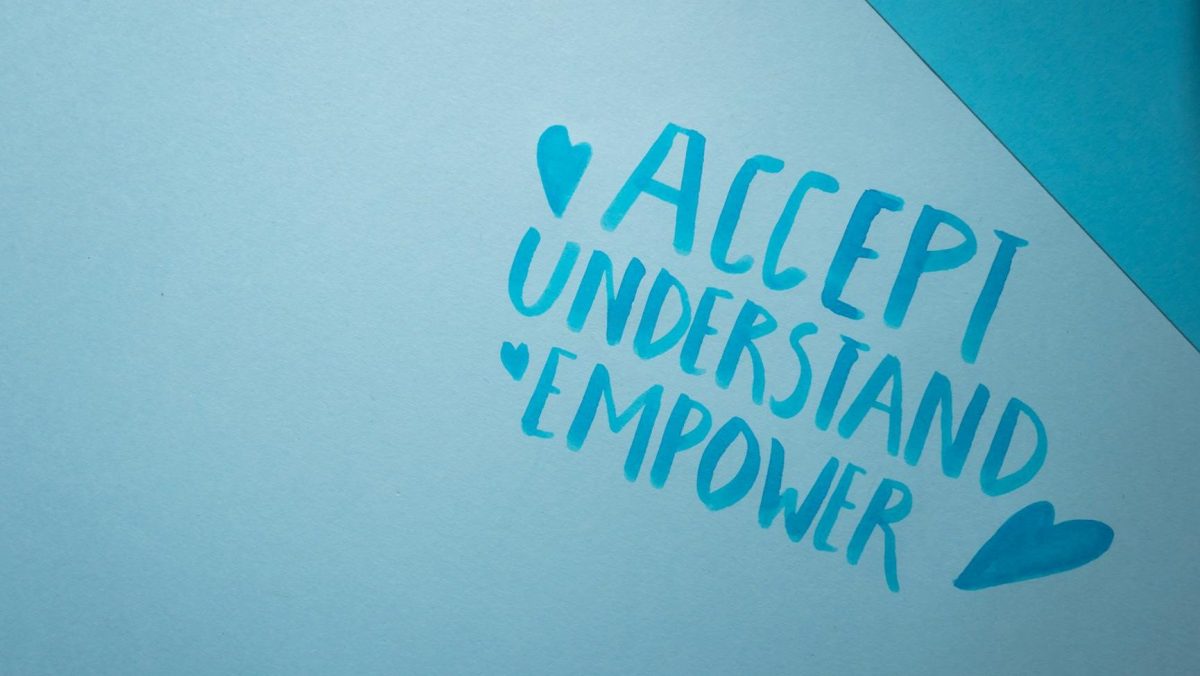Whether it’s to reduce workload, speed up decision-making, develop potential or simply cover for holidays, empowerment is present in our work and personal lives. Not convinced? Here are a few examples: Taking charge of a project, taking on an operation, promotion or change of role, covering for a colleague, organising a birthday or taking the kids to school.
And what is this about careers? The metaphor
The relay race in athletics is a competition between teams of four runners. Each runner completes a distance and transfers a relay (called a testimonial) to the next runner and so on.
In short, a group of people running and exchanging something, if the exchange is unsuccessful it impacts on the outcome. Sound familiar?
The four moments
We focus on the moment of exchange of testimony, which is not simply launched, on the contrary, it is secured and so we can identify 4 moments.
- Moment 1: The new runner prepares to receive the testimony, he is calculating.
- Moment 2: The runner places the testimony in the hand of the new runner.
- Moment 3: Both run together securing the testimony.
- Moment 4: The new runner has the testimony, accelerates and continues the race.
How can we use these four moments to empower?
For this we have two agents, the first is the EMPOWERER, who is the person who has the autonomy, the knowledge, the experience (the runner who carries the testimony) and the second is the RECIPIENT who is the one or those who receive the knowledge and develop autonomy (the new runner).
- Moment 1: The empowerer prepares documentation, communicates, trains and shows how it is done to the receiver, who must observe, question and develop the skill.
- Moment 2: The receiver shares ideas, concerns and participates in some parts of the flow, the empowerer remains in charge and gradually loosens up while giving feedback, building trust.
- Moment 3: The receiver has most of the responsibility, the empowerer still participates in parts of the flow, is present to solve doubts and gives recommendations.
- Moment 4: The receiver is already autonomous and turns to the empowerer in case of any particular doubt.
I have highlighted some key words, as they are part of the culture of collaboration, coordination, trust and teamwork necessary to achieve common goals.
Conclusion
Empowerment is in our daily lives and if it is not managed, it can lead to rework, demotivation, dependencies, bottlenecks and other problems.
The transfer of the testimony in a relay race allows us to know the essential steps for a safe empowerment.









